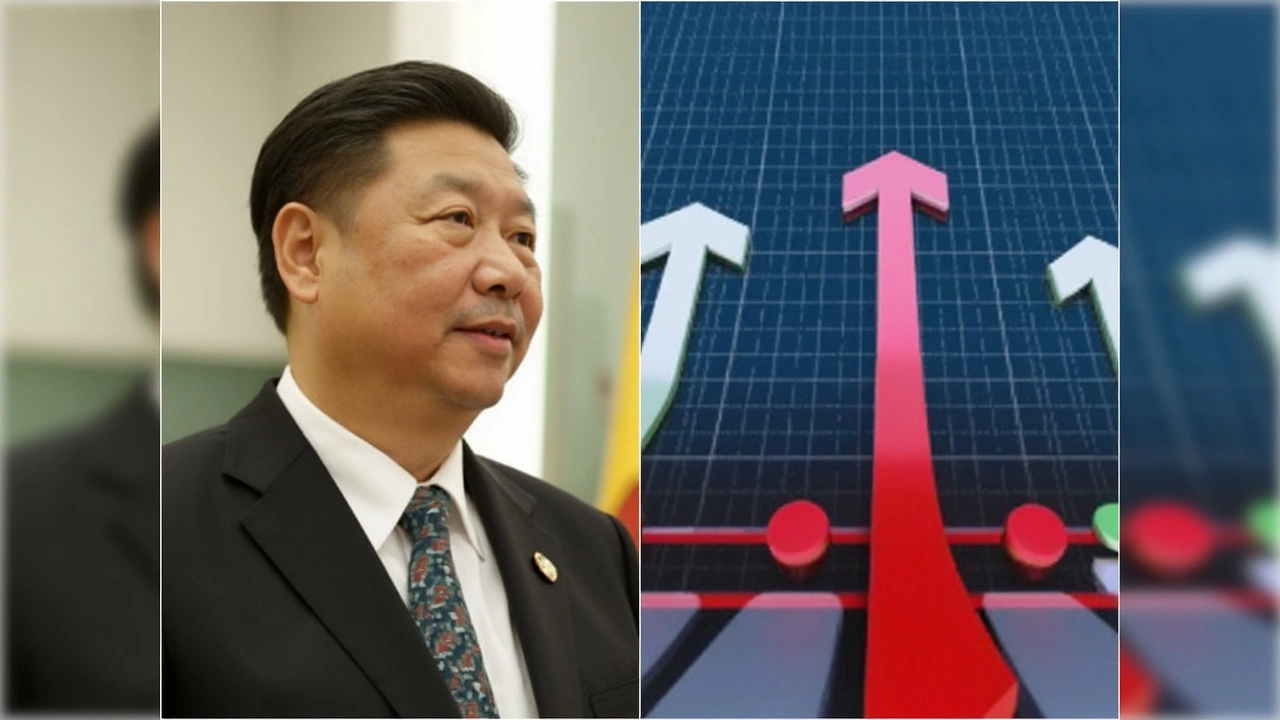Nikkei Soars Past 35,000 for First Time in Decades, Signaling New Optimism in Japan's Market
 Jun, 17 2025
Jun, 17 2025
Nikkei Breaks the 35,000 Barrier: What’s Behind the Surge?
Anyone watching the Tokyo stock market on January 11, 2024, saw something that hasn’t happened since the first Gulf War was a headline—Japan’s iconic Nikkei 225 index surged past 35,000. That’s a wall that hasn’t been cracked since way back in early 1990, when fax machines were still high-tech and Japan’s asset bubble was just popping. The Nikkei closed at 35,049.86, gaining almost 2% in a single day—a leap of more than 600 points.
So why all the buzz—and what’s feeding the rally after so many years of going sideways? A potent mix of things. Investors are getting pumped about the idea that Japan’s economy might finally be shaking off its stubborn deflation, possibly helped along if the Bank of Japan tightens up its famously loose policy this spring. Throw in the unstoppable run of U.S. tech titans like Nvidia (a favorite for both Wall Street and Tokyo traders) and the optimism spreads like wildfire. It’s not just the Nikkei that’s seeing action either: the TOPIX index, which covers more companies and gives a broader snapshot, also hit its highest point in 34 years, ending the day up more than 1.5%.
New Hope After Years in the Shadow
This run-up has echoes of Japan’s past, but the mood has changed. For years, Japan’s been known for its slow growth, a graying society, and central bank policies that kept rates so low that saving cash was a losing game. The Nikkei’s last big hurrah was in late 1989, when it peaked at a wild 38,915 before the crash that wiped out fortunes and confidence. For decades since, Japanese stocks were stuck in what investors call the “Lost Decades.”
Now, that’s shifting. A wave of foreign money has come in, hunting for what they see as bargains and chasing after a revived economy. Japanese companies are stepping up too, putting more attention on shareholder value and repurchasing their own shares—something local investors once saw as risky or unnecessary but is now being rewarded by markets worldwide.
Analysts like Ryuta Otsuka at Toyo Securities have said the market’s momentum is almost too fast for comfort, joking the Nikkei “deserves a speeding fine.” Yet there’s real excitement in the air that the Bank of Japan might soon tighten its policies, signaling that it sees inflation as a normal part of modern economic life instead of something sinister. The last time Japan really shifted gears on this front, it rewrote the playbook for how advanced nations tackle monetary policy. All eyes are on whether the coming months will see the BOJ nudge rates up—and what that will do to the yen, Japanese bonds, and of course, the stock market itself.
Of course, no rally is without risks. Even with the bright mood, some warn that Japanese stocks are still vulnerable to shocks from abroad, especially big moves in U.S. tech or sudden changes in global interest rates. But for the first time in a long while, the story in Tokyo is about breaking records and looking forward, not just patching up the past.